When exposed to cold weather, the human body undergoes several physiological changes to maintain its core temperature and adapt to the cold environment. Cooling causes discomfort and impairs physical and mental performance in various ways. Frostbite, hypothermia, and other cold-related injuries can arise from prolonged exposure to cold atmospheric conditions. This can be sudden or …
Read More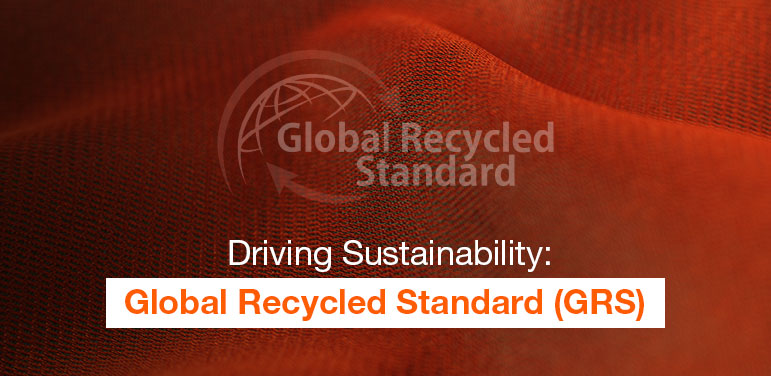
Global Recycled Standard (GRS)
In a world where environmental concerns are at the forefront of every discussion, the textile industry is one of the largest polluters in the world, contributing to environmental degradation and exploiting workers in the process. As consumers become increasingly aware of these issues, sustainable practices become critically important for stakeholders across the textile manufacturing & …
Read More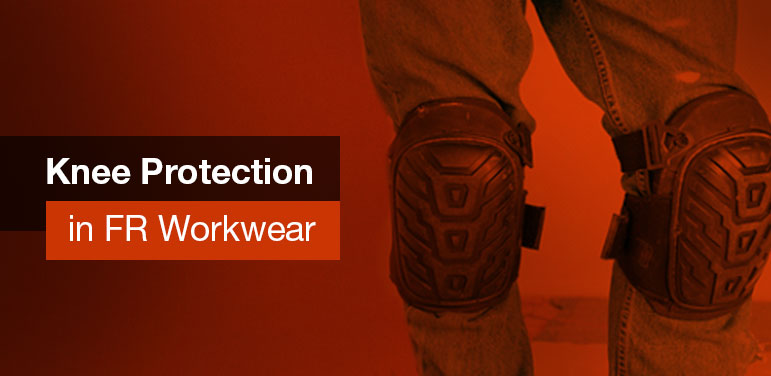
Knee Protection in FR Workwear
Knee protection is required in workplaces where workers are required to kneel for extended periods. This is because kneeling can put a lot of stress on the knees, and can lead to injuries such as osteoarthritis, tendinitis, and bursitis. Knee protection can help to reduce the risk of these injuries by providing cushioning and support …
Read More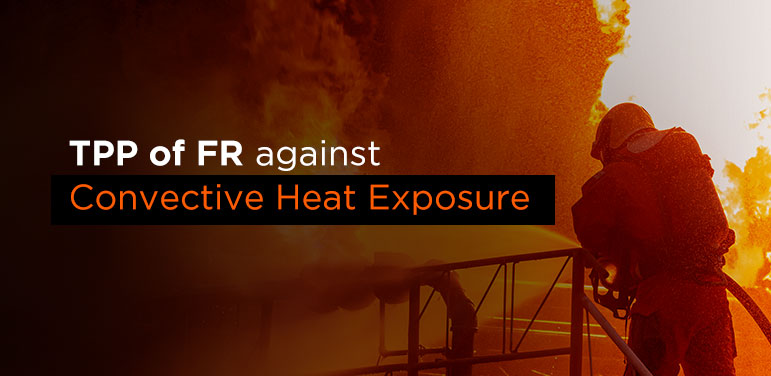
Thermal Protection Performance of Flame Retardant Textiles against Convective Heat Exposure: Effect of Fabric Composition and Weight
Thermal protective clothing is designed to provide protection from thermal hazards which include exposure to open flames, hot liquids and gases, high temperature radiant sources, hot solids and surfaces, etc. In the event of an exposure heat transfer from the thermal hazards can occur by radiation, convection or conduction, or a combination thereof. Modes Of …
Read More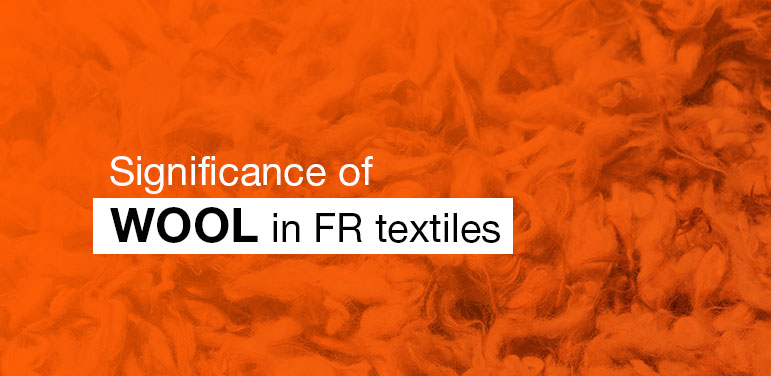
Wool: A Natural and Safe Choice for Flame-Retardant Textiles
Flame retardant fabrics are essential to reduce the potential risk of fire accidents. Manmade materials have dominated the flame-resistant textile market in recent years while wool-based fire-retardant fabrics have been used for centuries due to their natural properties and effectiveness in protection against flames. Due to FR properties, other than clothing, it finds widespread usage …
Read More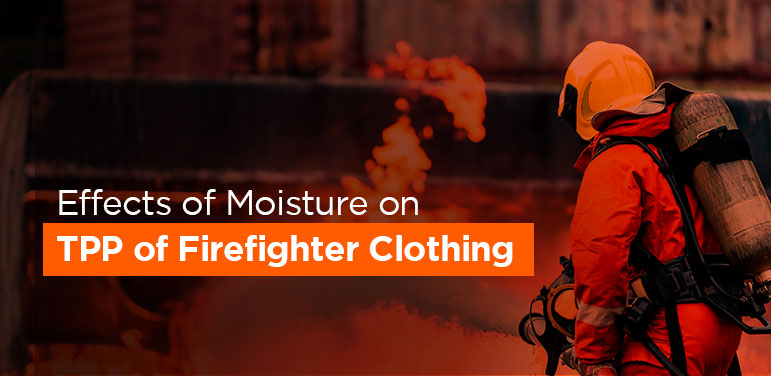
Effect of Moisture on Thermal Protection Performance of Firefighter Clothing
Firefighter clothing stands as a crucial line of defense against the intense heat and flames encountered on the front lines. However, the efficacy of thermal protection performance (TPP) in these garments is not immune to the influence of moisture, whether it be from sweat, rain, water spray, or steam. While it is well-established that wet …
Read More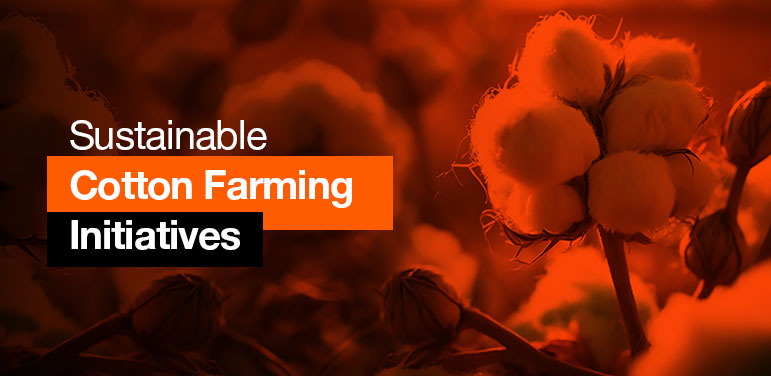
BCI’s Role in Revolutionizing Sustainable Cotton Farming
Better Cotton is the world’s leading sustainability initiative for cotton. The Better Cotton Initiative (BCI) is a global non-profit organization that aims to make cotton production more sustainable by addressing environmental, social, and economic challenges associated with conventional cotton farming. It was founded in 2005 with the support of some visionary organizations such as Adidas, …
Read More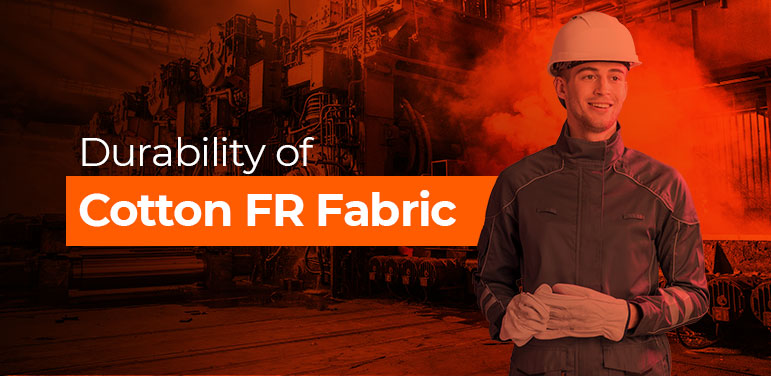
Durability of Treated Cotton Flame Retardant Fabric
Flame-retardant (FR) fabrics are available in two categories: The treated FR where 100% cotton or cotton rich fabric is treated with phosphorus-based compounds to achieve fire resistance. The inherent FR, where the fibers are engineered to have a chemical composition which resists the propagation and sustenance of fire. Several technologies are in existence for producing …
Read More
Tarasafe Unleashes Innovative Safety Solutions at A+A 2023
Delighted to share that we made a significant impact at A+A 2023 held from October 24 to 27 in Düsseldorf, Germany. The event’s theme, “Inspirations for a Better Work Environment,” was in perfect alignment with our mission of ensuring workplace safety and health. Our presence exemplified its commitment to promoting sustainable safety and health at …
Read More
Stoll Curve and its Significance in Heat and Flame Protection
The human skin is very sensitive to temperature. When the skin temperature reaches 45°C, the person will have a burning feeling. When the temperature reaches 72°C, it will cause second-degree burns to the skin. Alice Stoll and Maria Chianta in the latter half of 1960s, conducted a series of experiments on live, anesthetized test subjects. …
Read More
